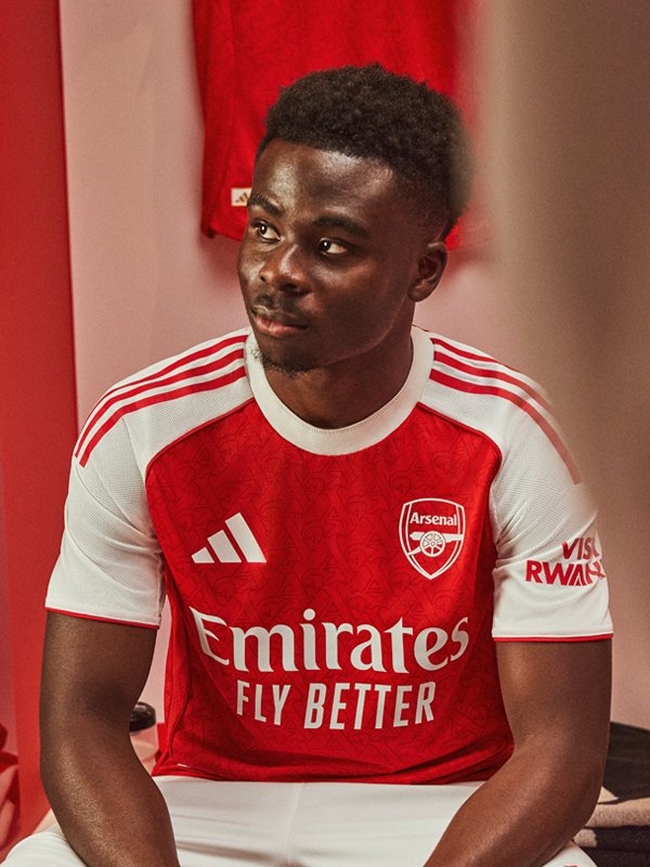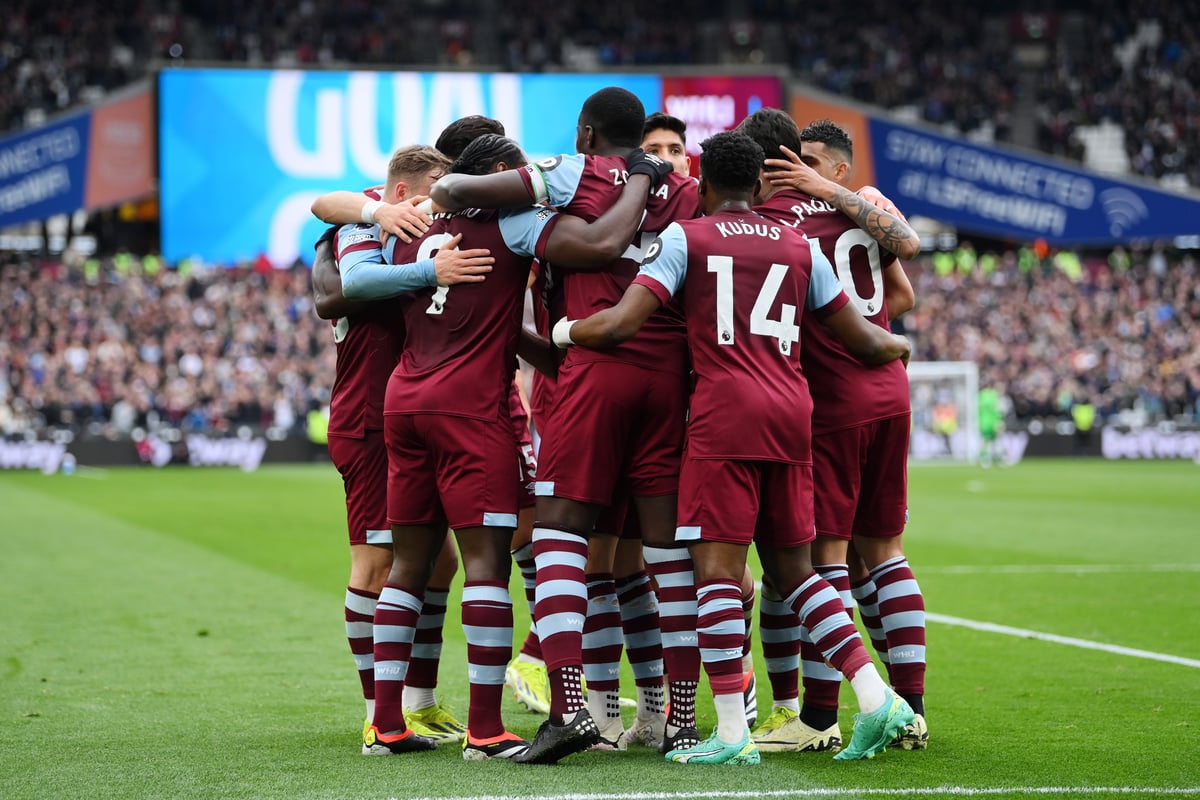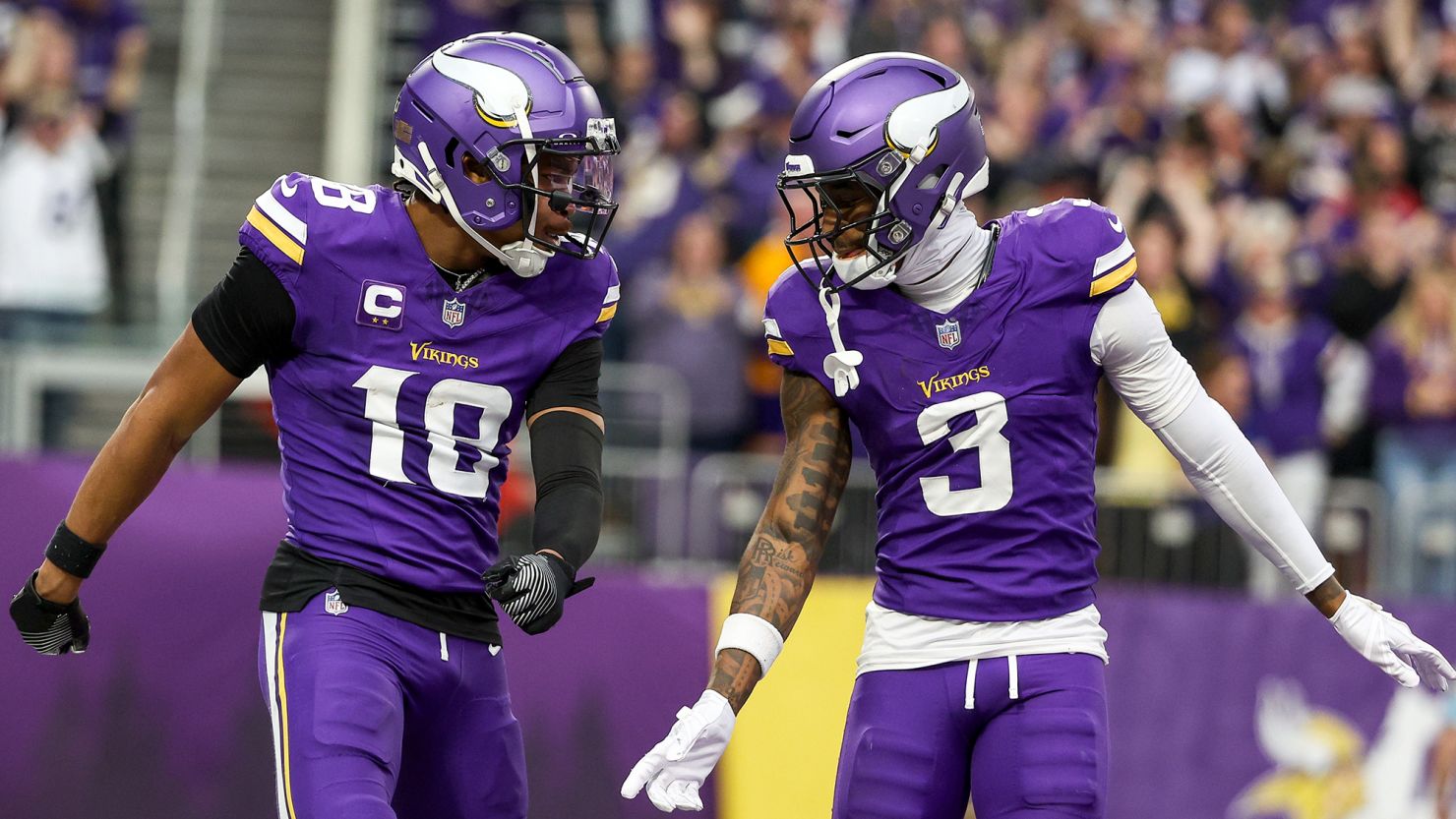In football, shirts don’t just clothe players — they carry legacy, emotions, and increasingly, revenue targets.
Every era of success is immortalized in fabric. The 1966 England kit isn’t just retro—it’s a cultural artifact. The 1990 Italia jersey? A nostalgic bestseller. Napoli’s scudetto shirts under Maradona? Iconic. Kits are no longer just apparel; they are vessels of victory, memory, and identity.
But in today’s hyper-commercial era of football, shirts have evolved into strategic commercial assets—timed, positioned, and launched with precision.
At our consultancy, we help clubs and brands understand that the modern football kit is no longer just about heritage. It’s about timing, narrative, and performance marketing.
Kits as Commercial Campaigns
Why are clubs unveiling new kits in the final weeks of the season?
Because football is now a business of visibility.
The last few matchdays are watched globally. Debuting a new shirt at this moment transforms it from a product into a live advert—worn in battle, on global broadcasts, and across fan feeds. Arsenal, Newcastle, and others have done this to build instant anticipation and momentum.
It’s not just about optics either. With Profit & Sustainability Rules (PSR) now driving club decisions, early kit launches help pull forward revenue to meet June 30 financial deadlines. That’s strategic financial storytelling through shirt sales.
But there’s more. Manufacturers operate on a tight “futures” stock model—clubs commit early, and unsold stock hurts margins. Launching late in the season allows a clean switch in fan demand from one shirt to the next, while also managing inventory risk.
Victory Sells. But So Does Timing.
But here’s the nuance: launching a kit too early can backfire.
What happens if the team wears a brand-new shirt and loses a cup final or critical match? That kit becomes tainted—associated with heartbreak rather than glory. Chelsea in 2008. Manchester City in 2024. Even fans start associating the new design with failure before a ball is kicked in the new season.
Smart clubs take this into account. Chelsea’s double victory in 2012 was completed in the older kit they’d worn throughout the campaign, maintaining continuity and superstition—and protecting the new shirt from risk.
A Shirt Strategy Is a Brand Strategy
Your kit strategy shouldn’t be just about aesthetics—it should be a strategic decision matrix involving:
- Timing of launch vs. season narrative
- Visibility during high-impact matches
- Revenue impact for PSR deadlines
- Inventory and stock dynamics
- Emotional connection with fans and moments
What brands need to recognize is this: the right kit worn at the right moment can drive emotion, brand recall, and sales.
Clubs that understand this create a lifecycle where performance, timing, storytelling, and commerce converge.
How We Help Clubs & Brands Win This Game
At our consultancy, we advise clubs, apparel brands, and rights holders on:
- Kit launch strategy & timing
- Fan sentiment forecasting pre- and post-launch
- Performance-tied narrative marketing
- Retail & distribution optimization
- Sponsorship alignment with high-visibility moments
Because we understand one truth: fans don’t just buy shirts—they buy meaning. And meaning is built by design and delivery.
Book a consultancy call for your sports property here.
IMAGE – Arsenal Football Club


